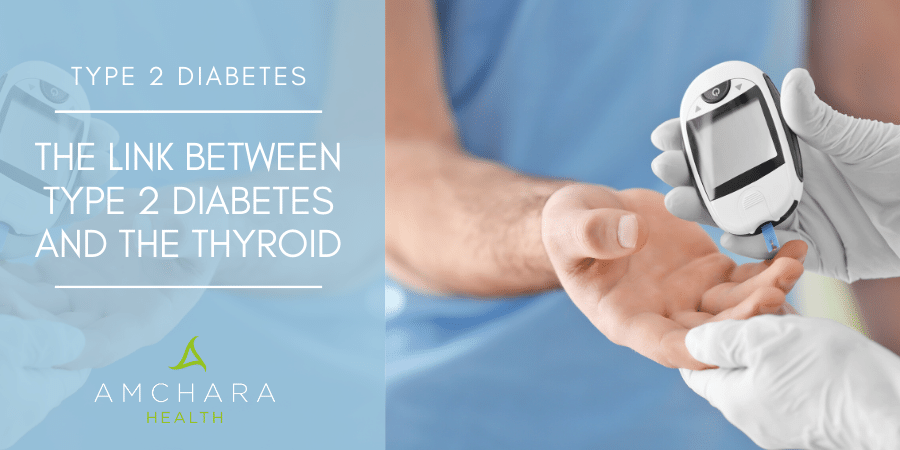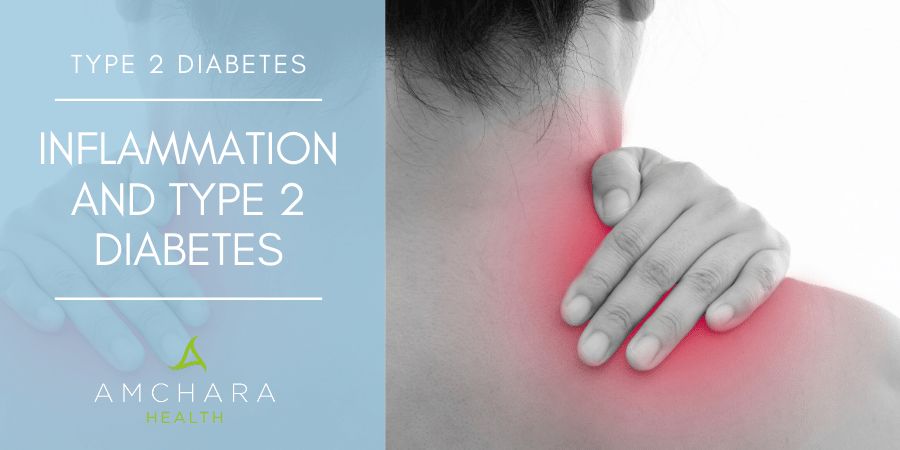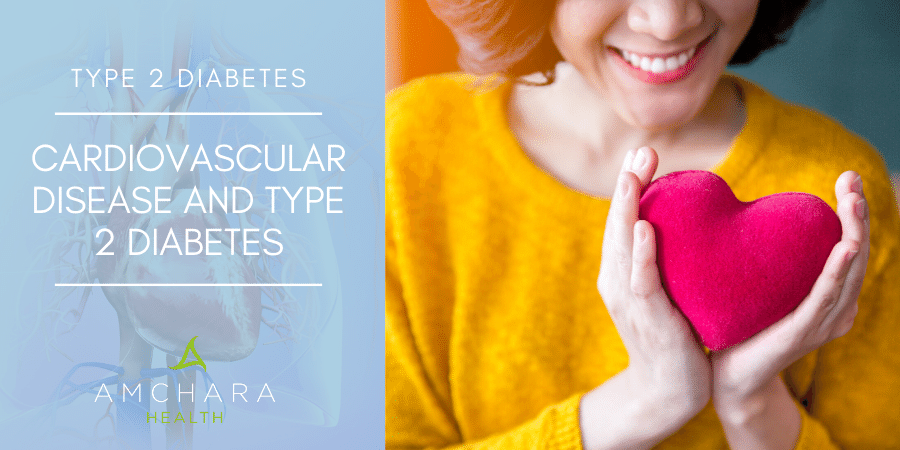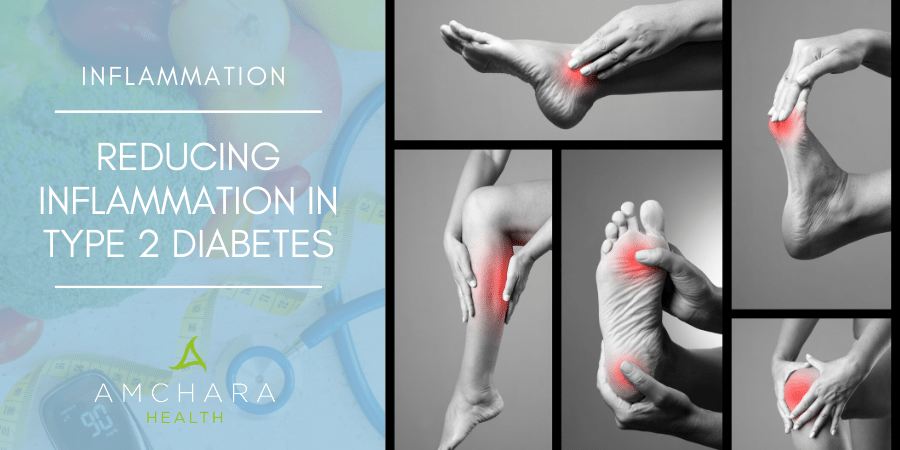Table of Contents:
Type 2 diabetes is the most prevalent form of diabetes and affects over 4.2 million people in the UK.
According to research it can be prevented or reversed through food and lifestyle choices.
We always take an evidence-based appoach and in this article we take a look at what you can eat to reduce your risk of developing Type 2 diabetes.
What is Type 2 diabetes?
Type 2 diabetes involves a loss of sensitivity to the hormone insulin, when body cells fail to respond to the action of insulin and blood sugar remains high.
More and more insulin is secreted by the pancreas in an attempt to reduce blood sugar.
After time the pancreas fails to secrete insulin and this is when Type 1, insulin dependent, diabetes develops.
Factors increasing risk
There are many factors that increase the risk of developing Type 2 diabetes, including:
- Obesity
- High sugar and simple carbohydrate intake
- High consumption of sweeteners such as in fizzy drinks (1)
- Sedentary lifestyle
- Age
- Stress (2)
- Cigarette smoking
- Genetics – it runs in families and is also more common in African-Caribbean people or those from South Asia
- Having metabolic syndrome (increased blood pressure, increased triglycerides, low HDL “good” cholesterol)
Taking measures such as reducing body weight, being active and stopping smoking all work towards cutting the risk of developing Type 2 diabetes.
Let’s take a look at specific foods that may also cut the risk:
Specific foods to reduce your risk
-
Cinnamon
Cinnamon is rich in a variety of compounds and has been shown to help with blood sugar regulation and improve insulin sensitivity.
Around 1-6 grams a day, about a teaspoon, can be added to breakfasts or smoothies.
Use Ceylon cinnamon rather than the more common Cassia version as it is lower in coumarin which over the long term may be toxic to the liver and kidneys.
An extract of cinnamon has also proved useful for people who already have Type 2 diabetes (3).
-
Dark green leafy vegetables
Kale, cabbage, spinach, bok choy, Swiss chard, collard greens, watercress and rocket are good examples of the types of dark green leafy vegetables that should be included daily.
A higher intake of this kind of vegetable has been shown to reduce the risk of Type 2 diabetes (4).
This may be down to the fact that they are rich sources of the mineral magnesium.
Magnesium is known to play a role in insulin and blood glucose regulation and lower intakes are linked to the development of Type 2 diabetes (5).
-
Berries
Dark berries such as cherries, blackberries, blackcurrants, blueberries, strawberries and raspberries are rich in plant compounds called polyphenols that may help the body be more sensitive to insulin.
A higher intake of dark berries has been shown to significantly reduce the risk of developing type 2 diabetes (6).
Avoid limiting yourself to only one or two varieties, as getting a good selection will ensure different plant polyphenols are provided.
-
Yellow and Orange Vegetables
Squash, pumpkin, yellow peppers, apricot, citrus fruits, carrots, sweet potato and yellow melons are all rich sources of nutrients called carotenoids.
Ccarotenoids have profound antioxidant capacities and offer much protection for the body.
Studies show that an increased intake of vegetables containing the carotenoids β-cryptoxanthin, lutein, and zeaxanthin reduces the risk of Type 2 diabetes (7).
Some of these carotenoids are also found in dark green leafy vegetables.
-
Cruciferous vegetables
Known to be rich in potent compounds such as sulphorophane and indole-3-carbinol, the cruciferous vegetables have been shown to be supportive of a wide variety of functions in the body.
Broccoli, cabbage, cauliflower, Brussels sprouts and kale are examples of cruciferous vegetables and several studies have shown that a higher intake reduces the risk of developing Type 2 diabetes (6, 8).
-
Fermented Foods
There is a known association between imbalances in gut bacteria, the microbiome, and obesity and Type 2 diabetes.
The bacteria play a role in energy metabolism and keeping a healthy microbiome may prevent the onset of several chronic health conditions, including type 2 diabetes (9).
Including fermented foods may be of use.
Research shows that Korean fermented soybean foods such as doenjang, kochujang, and chungkookjang have antidiabetic effects (10).
These may not be so easy to access but foods such as tempeh, miso, sauerkraut, kefir, kimchi and kombucha are more readily available.
Low fat probiotic yoghurts may also reduce the risk of Type 2 diabetes (11).
-
Oily Fish
Salmon, mackerel, herring, trout, tuna, sardines and pilchards are all rich in omega-3 fatty acids.
These are known to be precursors to natural anti-inflammatory molecules and bring many health benefits.
They aid in insulin sensitivity and may prove to be useful for cutting the risk of developing Type 2 diabetes (12).
Aim to eat 2-3 portions of a variety of oily fish per week.
Walnuts, flax, hemp and Chia seeds are all good vegetarian and vegan sources of omega-3 and the oils of these nuts and seeds contain higher quantities of omega-3 compared to the whole nut or seed.
Making simple nutritional changes and opting for more whole foods can significantly reduce the risk of developing Type 2 diabetes.
One of the simplest changes that can be made is to significantly increase the quantity and variety of fruit and vegetables eaten.
This can be tracked by using a rainbow food chart and daily intake can be marked off.
Aim to eat 8-10 portions of fruit and vegetables each day and opt for more vegetables than fruit.
If you are concerned about your blood sugar regulation or have a high risk of developing Type 2 diabetes you may wish to consult an experienced Personalised Health practitioner for specific advice.
We’re dedicated to providing you with both insightful information and evidence-based content, all orientated towards the Personalised Health approach.
Did you find this article useful?
We would love to know your thoughts.
With your comments we’d love to continue the conversation.
READ THIS NEXT





